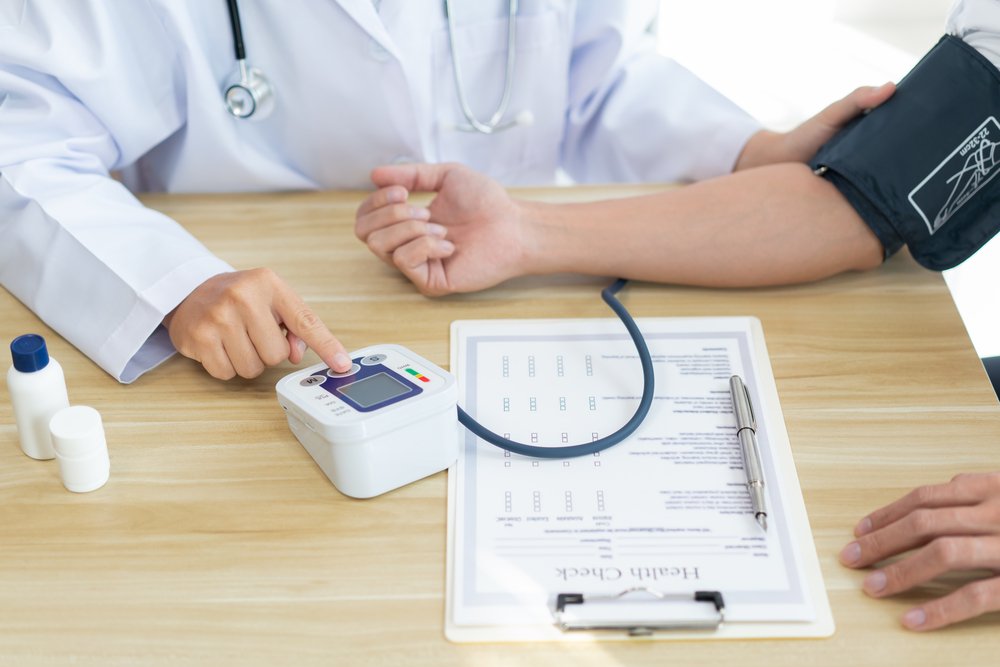Signs and Symptoms
The classic symptoms of untreated diabetes are polyuria, thirst, and weight loss. Several other non-specific signs and symptoms may also occur, including fatigue, blurred vision, and genital itchiness due to Candida infection. About half of affected individuals may also be asymptomatic. Type 1 presents abruptly following a pre-clinical phase, while type 2 has a more insidious onset; patients may remain asymptomatic for many years.
Diabetic ketoacidosis is a medical emergency that occurs most commonly in type 1, but may also occur in type 2 if it has been longstanding or if the individual has significant β-cell dysfunction. Excessive production of ketone bodies leads to signs and symptoms including nausea, vomiting, abdominal pain, the smell of acetone in the breath, deep breathing known as Kussmaul breathing, and in severe cases decreased level of consciousness. Hyperosmolar hyperglycemic state is another emergency characterised by dehydration secondary to severe hyperglycaemia, with resultant hypernatremia leading to an altered mental state and possibly coma.
Hypoglycaemia is a recognised complication of insulin treatment used in diabetes. An acute presentation can include mild symptoms such as sweating, trembling, and palpitations, to more serious effects including impaired cognition, confusion, seizures, coma, and rarely death. Recurrent hypoglycaemic episodes may lower the glycaemic threshold at which symptoms occur, meaning mild symptoms may not appear before cognitive deterioration begins to occur.
Long-term Complications
The major long-term complications of diabetes relate to damage to blood vessels at both macrovascular and microvascular levels. Diabetes doubles the risk of cardiovascular disease, and about 75% of deaths in people with diabetes are due to coronary artery disease. Other macrovascular morbidities include stroke and peripheral artery disease.
Microvascular disease affects the eyes, kidneys, and nerves. Damage to the retina, known as diabetic retinopathy, is the most common cause of blindness in people of working age. The eyes can also be affected in other ways, including development of cataract and glaucoma. It is recommended that people with diabetes visit an optometrist or ophthalmologist once a year.
Diabetic nephropathy is a major cause of chronic kidney disease, accounting for over 50% of patients on dialysis in the United States. Diabetic neuropathy, damage to nerves, manifests in various ways, including sensory loss, neuropathic pain, and autonomic dysfunction (such as postural hypotension, diarrhoea, and erectile dysfunction). Loss of pain sensation predisposes to trauma that can lead to diabetic foot problems (such as ulceration), the most common cause of non-traumatic lower-limb amputation.
Based on extensive data and numerous cases of gallstone disease, it appears that a causal link might exist between type 2 diabetes and gallstones. People with diabetes are at a higher risk of developing gallstones compared to those without diabetes.
There is a link between cognitive deficit and diabetes; studies have shown that diabetic individuals are at a greater risk of cognitive decline, and have a greater rate of decline compared to those without the disease. The condition also predisposes to falls in the elderly, especially those treated with insulin.

Overview of the most significant symptoms of diabetes

Retinopathy, nephropathy, and neuropathy are potential complications of diabetes












